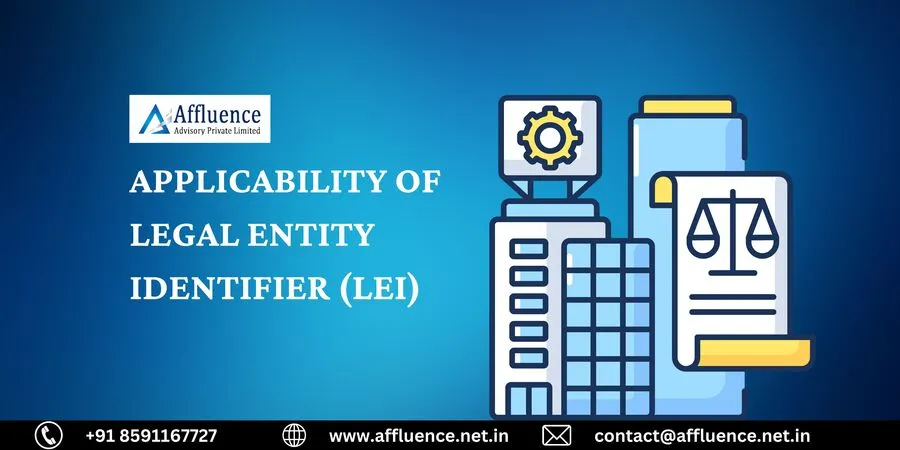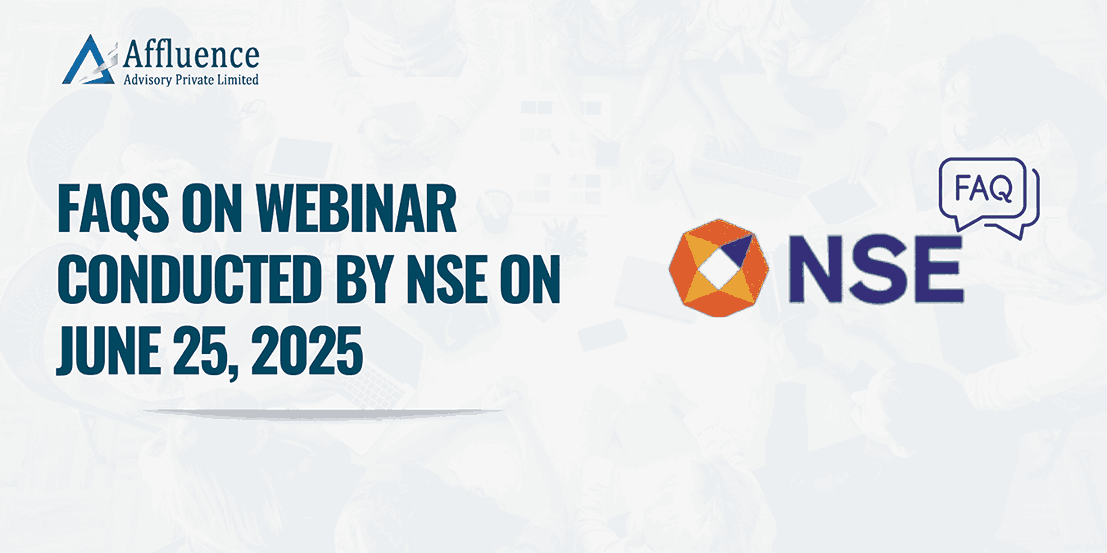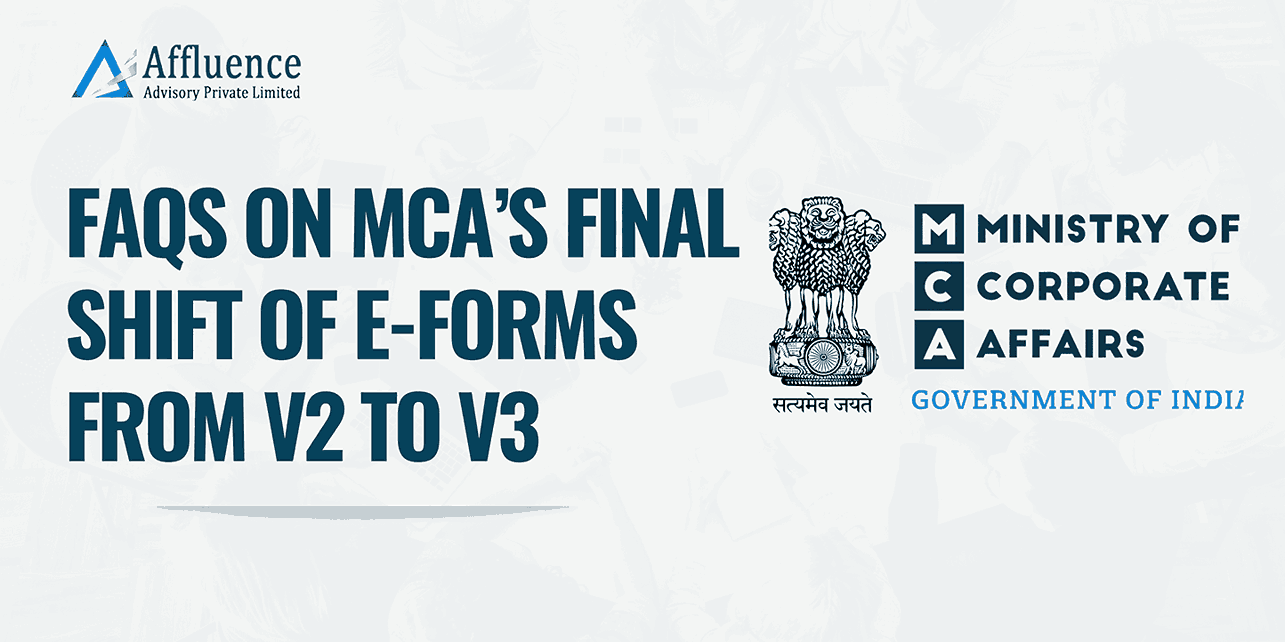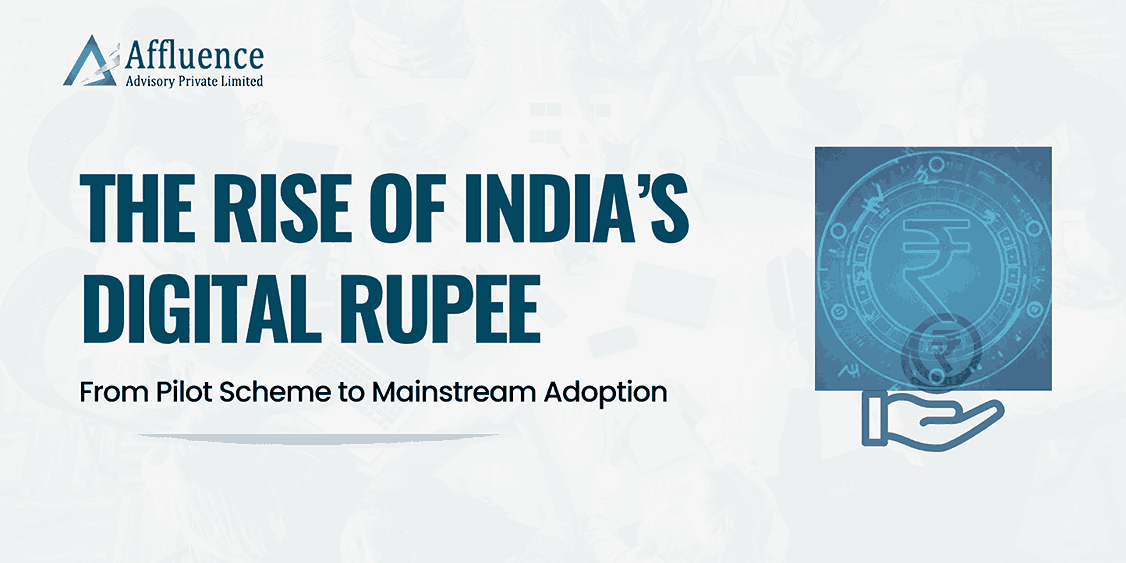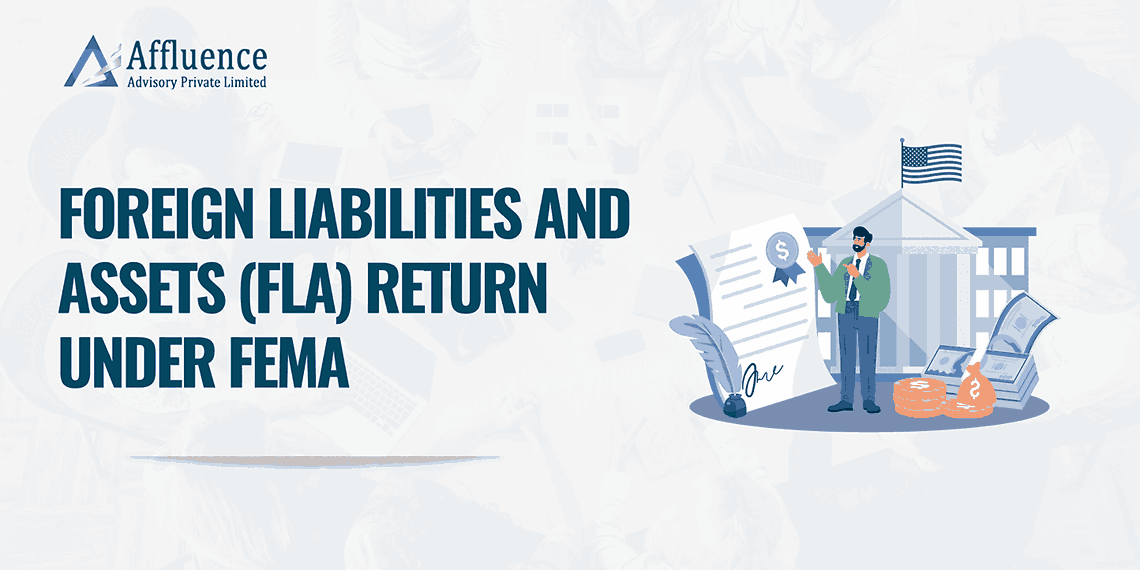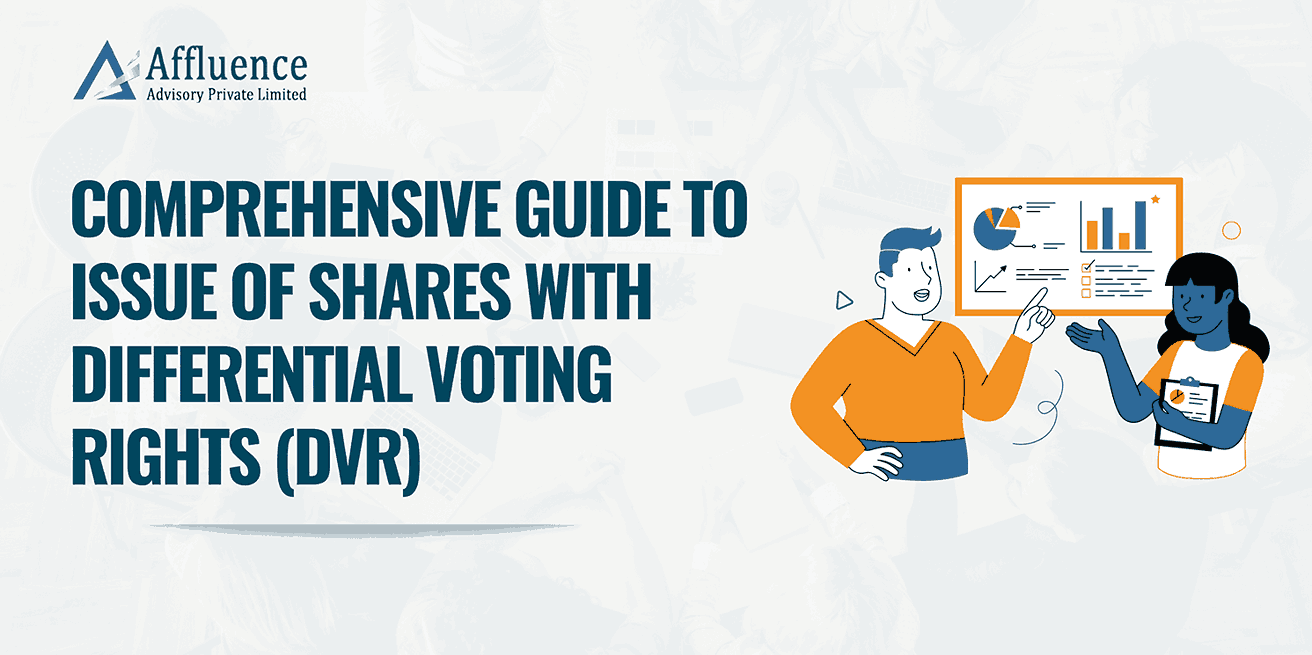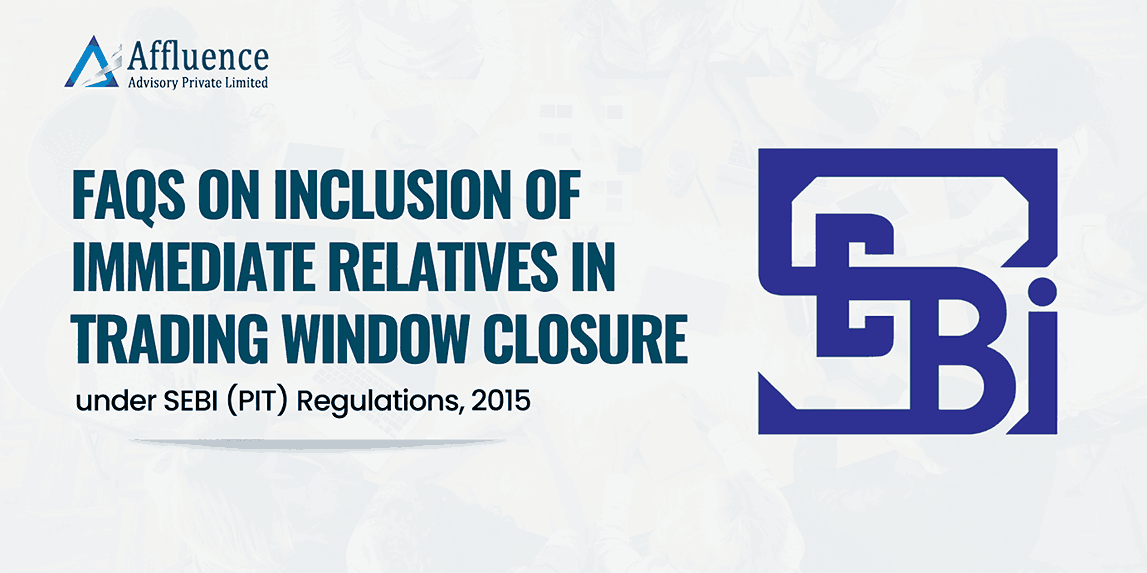The Legal Entity Identifier (hereinafter referred to as “LEI”) is a global reference number that uniquely identifies every legal entity or structure that is party to a financial transaction, in any jurisdiction. Legal Entity Identifier India Limited will assign LEIs to any legal identity including but not limited to all intermediary institutions, banks, mutual funds, partnership firms, companies, trusts, holdings, special purpose vehicles, asset management companies and all other institutions being parties to financial transactions. LEI will be assigned on application from the legal entity and after due validation of data. For the organization,
Legal Entity Identifier will :
- Serve as a proof of identity for a financial entity.
- Help to abide by regulatory requirements.
- Facilitate transaction reporting to Trade Repositories.
SEBI Circular for Non- Convertible Securities, securitized debt instruments and security receipts | SEBI Circular requires the following entities are required to obtained – 1) Debenture Trustee 2) Asset Reconstruction Companies (ARCs) Note: These entities to obtain LEI Number by September 30,2023 3) Issuer who have listed or propose to list Non-Convertible Securities. 4) Securitized Debt Instrument and 5) Security Receipts. |
Further, issuers proposing to issue and list non-convertible securities, on or after September 01, 2023, shall report their LEI code in the Centralized Database of corporate bonds at the time of allotment of the ISIN. Similarly, issuers proposing to issue and list securitized debt instruments and security receipts, on or after September 01, 2023, shall report their LEI code to the Depositories at the time of allotment of the ISIN. The requirements are tabulated below:
Category of security | Relevant Regulation | Applicability | Timeline |
Non- Convertible Securities | SEBI (Issue and listing of Non- Convertible Securities) Regulation,2021 | Issuer proposing to issue and list non- convertible security. | On or after September 1,2023 |
|
| Issuer having outstanding listed non- convertible security as on August 31, 2023. | On or before September 1,2023 |
Securitised Debt Instrument and Security Receipts | SEBI (Issue and listing of Securitised Debt Instrument and Security Receipts) Regulation,2008 | Issuer proposing to issue and list Securitised Debt Instruments or Security Receipts. | On or After September 1,2023 |
|
| Issuer having outstanding listed Securitised Debt Instrument and Security Receipts as on August 31,2023 | On or before September 1,2023 |
RBI Circular for NEFT/RTGS Transactions | In accordance with RBI Circular LEI No. is required for all payment transaction of value 50 Crore or and above undertaken through RTGS/NEFT.
Explanation:
|
RBI Circular for Non-Individual Borrowers | RBI Circular states that non-individual borrowers having aggregate exposure of ₹5 crore and above from banks and financial institutions shall be required to obtain LEI codes as per the timeline mentioned below: |
|
|
IRDAI Circular for Insurer and Corporate Borrowers |
|
Conclusion:
The LEI is designed to enable the identification and linking of parties to financial transactions to manage counterparty risk. Its goal is to help improve the measuring and monitoring of systemic risk and support more cost-effective compliance with regulatory reporting requirements.
Disclaimer: This article provides general information existing at the time of preparation and we take no responsibility to update it with the subsequent changes in the law. The article is intended as a news update and Affluence Advisory neither assumes nor accepts any responsibility for any loss arising to any person acting or refraining from acting as a result of any material contained in this article. It is recommended that professional advice be taken based on specific facts and circumstances. This article does not substitute the need to refer to the original pronouncement
CLICK HERE TO DOWNLOAD PDF

